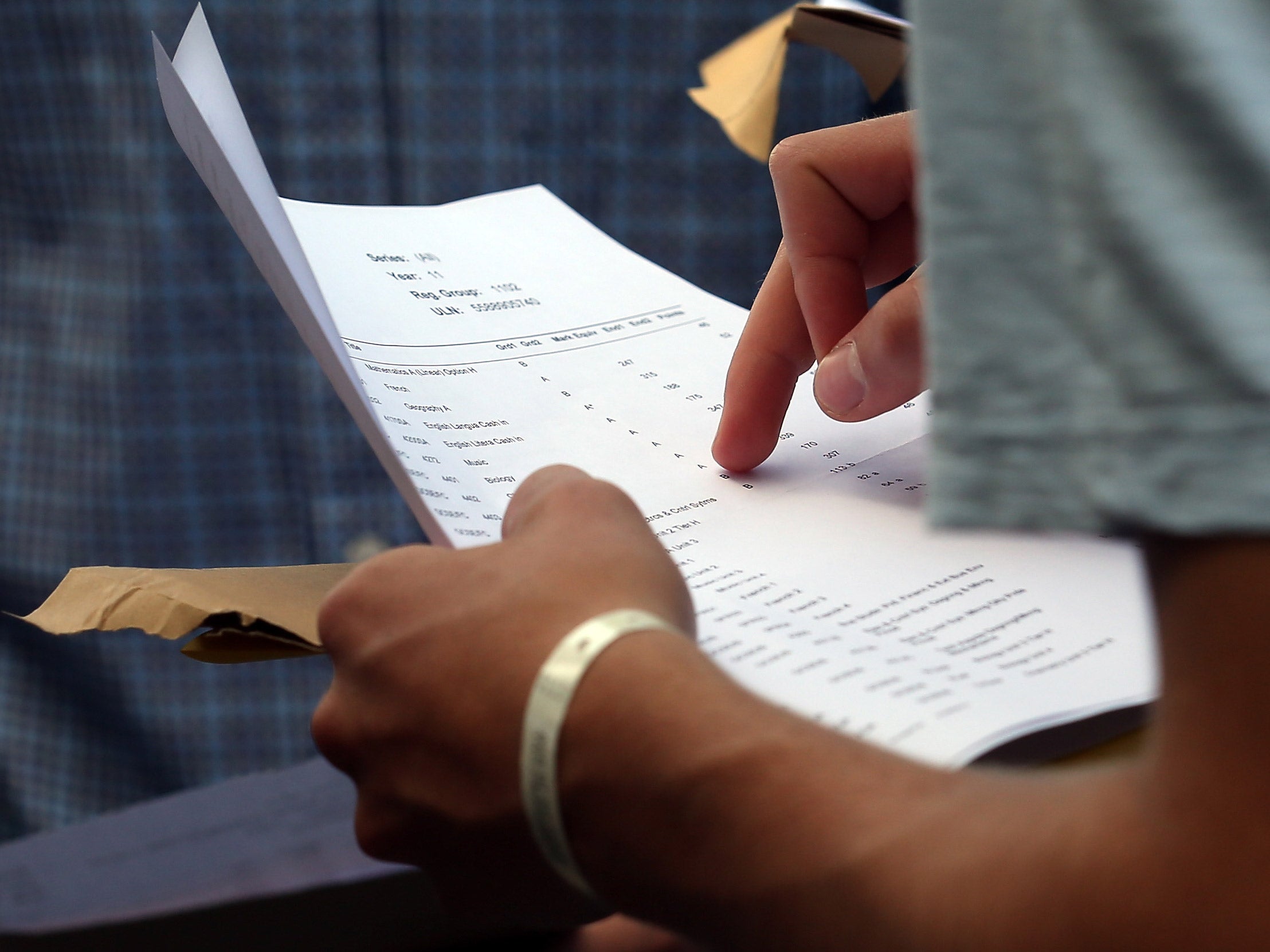More than 1,500 schools score negatively as new government league tables revealed
The Government claims new progress and attainment measures used to compare schools present a clearer picture of how well they are performing

More than a third of schools are failing to meet new government targets at A-level, official league tables have revealed.
And of 6,235 schools measured under the Government’s new GCSE ranking system, 1,910 were given a negative rating, meaning they were performing below average.
This year is the first time schools have not been judged solely on how many pupils score at least 5 GCSE grades A*- C, but by the two new measures Progress 8 and Attainment 8.
Similarly, schools and colleges providing A-Levels for 16-18 year-olds are given a positive or negative progress score that can be compared against the national average.
Free schools, introduced in 2010, were proportionately the worst performing schools in the state sector, with 84 per cent given a negative rating for progress.
Grammar schools, which have traditionally dominated the top of the league tables, also fell in the charts as part of the overhaul, making way for a number of state funded schools praised for their dramatic improvement of results for individual pupils.
The dramatic changes in ranking were partly attributed to the fact that some of the country’s previously top ranking selective state schools had so few pupils from disadvantaged backgrounds, that the Department for Education did not list them in the tables.
Of the two new GCSE measures, Progress 8 determines how far a child has progressed from when they started secondary school until their GCSE exams.
Attainment 8 is a measurement of the results from an individual pupil’s best eight grades, with emphasis on maths and English.
Critics have argued that while the traditional method was too limited to show the true growth of children, the new measure is too complicated to understand and implement.
Welcoming the statistics, Schools Minister Nick Gibb said the results “confirmed that the hard work of teachers and pupils across the country was leading to higher standards”.
He praised schools for closing the attainment gap between disadvantaged pupils and their peers and added: “Under our reforms, there are almost 1.8 million more young people in good or outstanding schools than in 2010, and through our new, fairer Progress 8 measure, we will ensure that even more children are supported to achieve their full potential.”
Under the new system, which measures last summer’s GCSE results, nine out of the top 10 performing schools were state funded.
The figures also revealed that more than half of the ten worst performing local education authorities are in the north-west of England, illustrating a north-south divide in the country.
The best performing areas for pupil GCSE grades were in London, with two Blackburn faith schools – Tauheedul Islamic Girls’ and Boys’ – topping the table.
Commenting on the results, leaders from the National Union of Teachers (NUT) and National Association of Schoolmasters/ Union of Women Teachers (NASUWT) warned the new tables should be taken with “an appropriate degree of caution”.
Chris Keates, General Secretary of the NASUWT, the largest teachers’ union in the UK, said: “Progress 8 provides just one perspective on the quality of work that schools undertake with their pupils and there are many other indicators that have to be taken into account to get a rounded and accurate picture.”
Kevin Courtney, General Secretary of the NUT, said: “The NUT congratulates schools on withstanding the effects of cuts and teacher shortages to achieve results that demonstrate a rise in student attainment at GCSE. But it would be a mistake to think that the Department for Education’s new progress measures, Progress 8, are a trustworthy measure of progress.
“Ministers claim that the Progress 8 numbers show that educational quality is rising. That is far from the truth. Secondary schools suffer from a narrowed curriculum, from increasingly severe problems of teacher retention and an impending crisis of funding. It is to these issues that ministers should turn their attention.”
Join our commenting forum
Join thought-provoking conversations, follow other Independent readers and see their replies
Comments